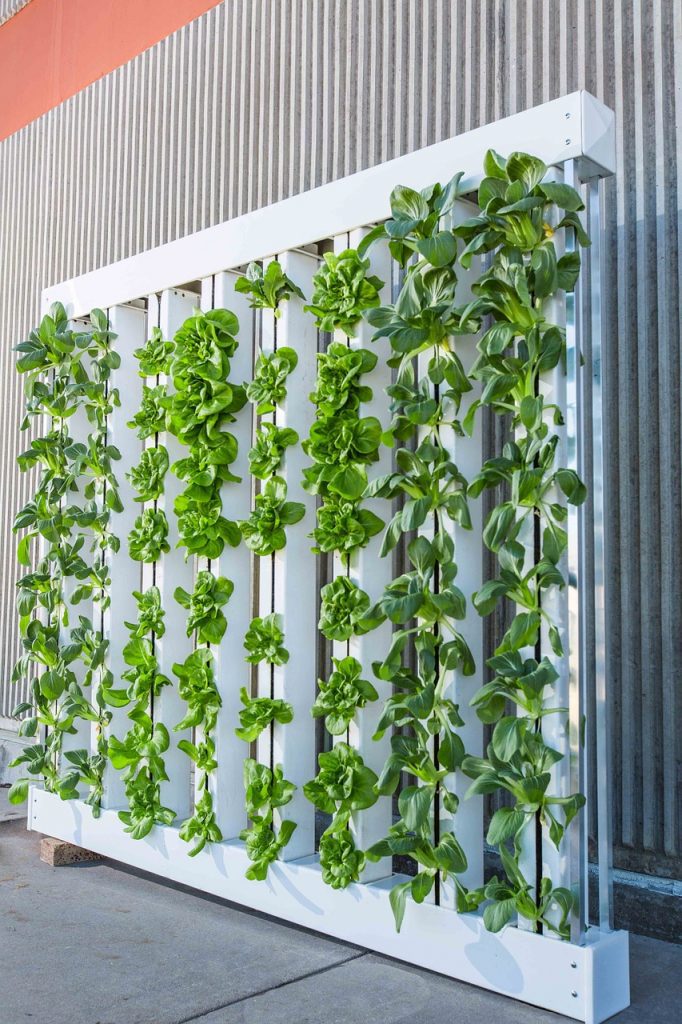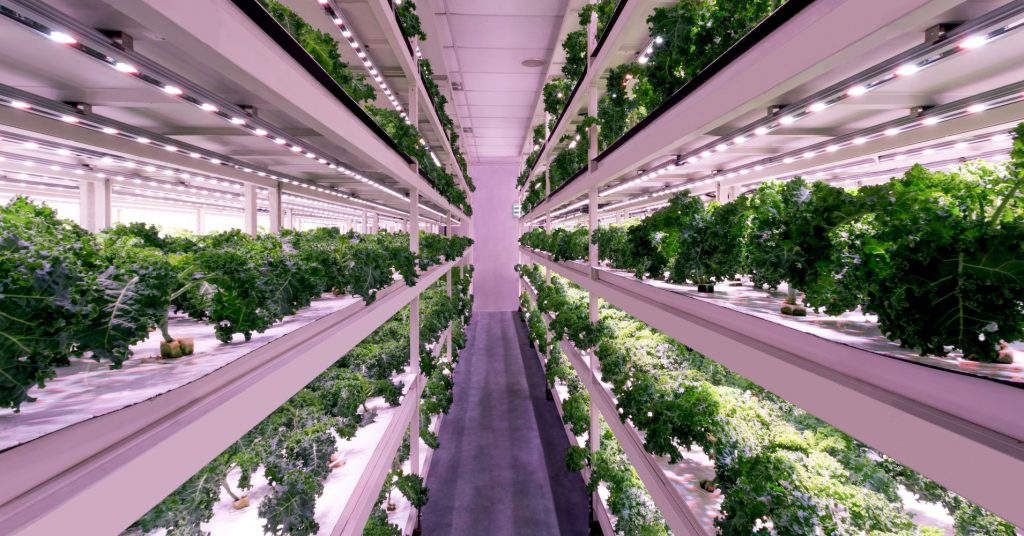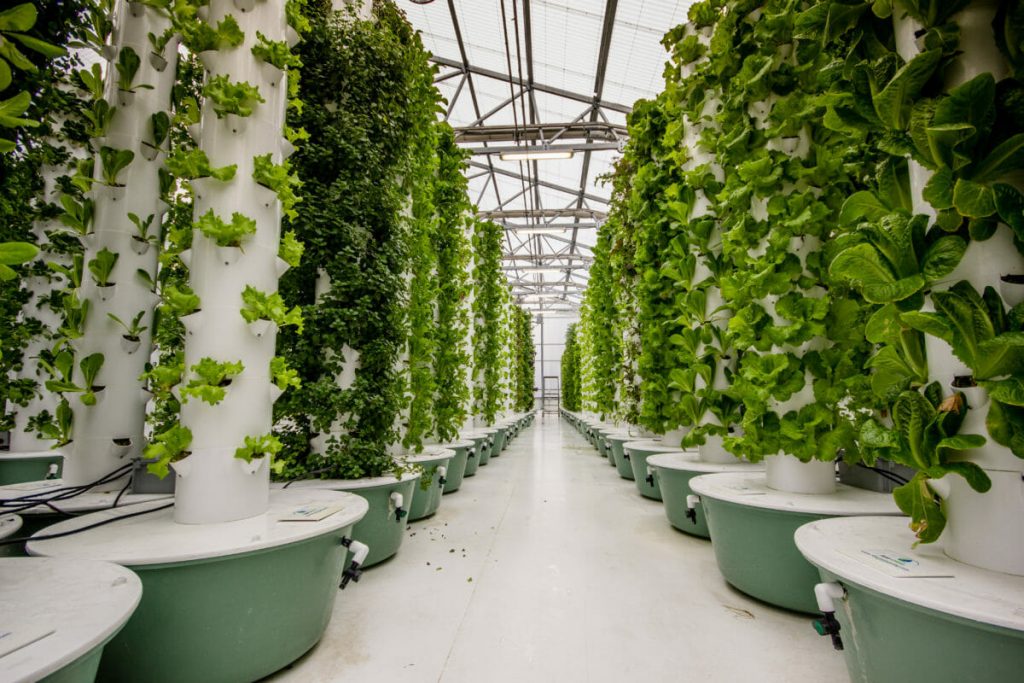Unsustainable food production threatens our ability to provide food to the population and can lead to irreversible damage to our environment. Vertical Farming, also known as Controlled Environment Agriculture (CEA), is revolutionising the way we grow food. These urban jungles are being set up in old warehouses, containers, and even in abandoned underground air raid shelters. They are helping solve the current issues we have with traditional farming to ensure that we can grow food sustainably and efficiently.
Food Security
Traditional farms need vast amounts of arable land with good weather conditions. Controlled Environment Agriculture on the other hand requires less space and can be designed in any location, irrespective of the climate. On average, vertical farms yield 55 times more produce per unit of area compared to conventional farms.

Various countries including Holland are leading the Vertical Farm changeover. The Netherlands are the 2nd largest exporter of food in the world, predominantly due to CEA. Using less space leaves the area to other uses including projects beneficial for the environment like reforestation.
Vertical Farming Reduces Water Usage
Water is a necessity for all types of farms. However, one of the main issues with conventional farming is the vast amount of water used. Vertical farming methods on the other hand use up to 95% less water than traditional crops. Within Controlled Environment Agriculture, you have two main watering methods: hydroponics and aeroponics.

Hydroponics is a production method where the plants are grown in a nutrient solution rather than in soil. In aeroponics, the roots are not surrounded by any soil, materials, or water. All nutrients are sprayed onto the roots of the plant, meaning a very small amount of liquid is actually used. The water is clean and can be recycled and reused, reducing costs and minimising waste. In many parts of the world, water resources are limited. Reducing the need for intense water consumption by using CEA, food can be grown all-year round with positive economic and environmental impacts.
Food Waste
Climate change is exacerbating weather conditions resulting in more floods and droughts. Poor weather conditions can lead to huge amounts of food being wasted. On average, around 15% of food produced on farms is wasted due to labour shortages, weather conditions, or cosmetic imperfections. When food is wasted, it emits harmful gasses into the atmosphere, leading to global warming.

CEA reduces these issues. Due to the controlled climate, no use of chemicals, and ideal growing conditions means very little crop is wasted. Furthermore, vertical farms tend to supply locally. Therefore, reducing the risk of spoilage during transportation.
